Building a more secure future in the face of climate change
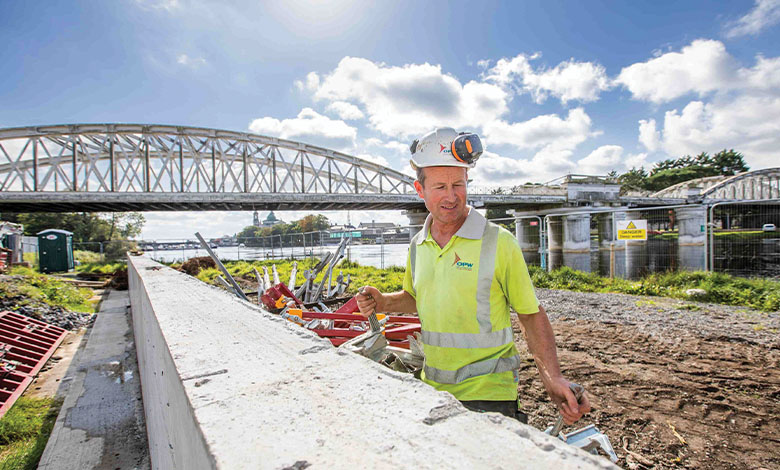
In its recently-published Climate Action Plan 2024, the Government outlined in stark terms the implications of the situation Ireland and the world finds itself in.
Among the predicted impacts of climate change are a substantial increase in the frequency of extreme weather, including more intense storms and rainfall.
“These more frequent heavy precipitation events will create greater likelihood of serious groundwater, river, and coastal flooding.”
For the Office of Public Works, the words ‘preparation’ and ‘adaptation’ are key to its approach in meeting this generational challenge.
In 2018, the OPW completed the Catchment Flood Risk Assessment and Management (CFRAM) Programme – Ireland’s largest and most comprehensive study of flood risk.
CFRAM is recognised internationally as “an excellent example of flood mapping that can be used for emergency action plans”.
That is the assessment of the US State Department which, when examining standards used in flood mapping specifically related to developing emergency action plans, made contact with the OPW for advice on progressing its own mapping project.
The CFRAM Programme included detailed assessments of flooding and impacts for potential future climate change scenarios, as well as under current conditions for 300 communities around the country that are home to approximately two-thirds of the population and 80 per cent of properties potentially at risk from rivers and seas.
Flood Risk Management Plans (FRMPs), an output of the CFRAM Programme, provide the evidence for a proactive approach for designing and constructing flood relief schemes, delivery of which is supported by €1.3 billion through the National Development Plan to 2030.
This investment has allowed the OPW to more than treble the number of flood relief schemes at design, planning, and construction to some 100 schemes. Work to protect 80 per cent of all at-risk properties nationally is completed or underway.
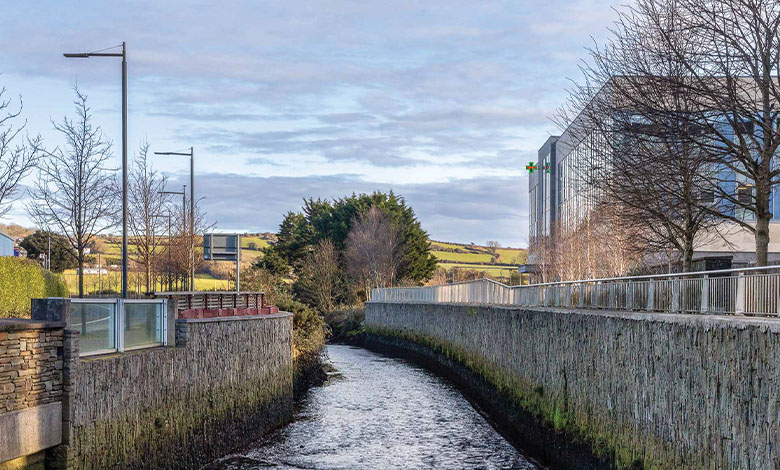
To date, 55 schemes have been completed, which are providing protection to nearly 13,000 properties and an economic benefit to the State in damage and losses avoided estimated to be in the region of €1.9 billion – significantly higher than the €1.3 billion the overall plan is projected to cost.
Behind the enormous figures are the people impacted by serious flooding events and whose lives are changed by the work being conducted by the OPW.
Harry Waterson, a retired engineer living near the banks of the Shannon in the centre of Athlone, says: “The psychological impact of flooding is not really appreciated until you actually have to go through it yourself and see all your lifetime’s efforts literally floating out the front door.”
Among the traumas suffered in 2009 and 2016 by Waterson and many of his fellow Athlone residents were the geysers of sewage, which under pressure from the volume of flood water, repeatedly blew manhole covers open and coated surrounding streets. As soon as the local authority cleaned it up, it would happen again.
Incidents like that – the destruction of property, rowing a boat down the street to retrieve treasured possessions from your home, the need to man pumps on rota for 24 hours a day to fight back the flood waters – all have a corrosive effect on one’s peace of mind.
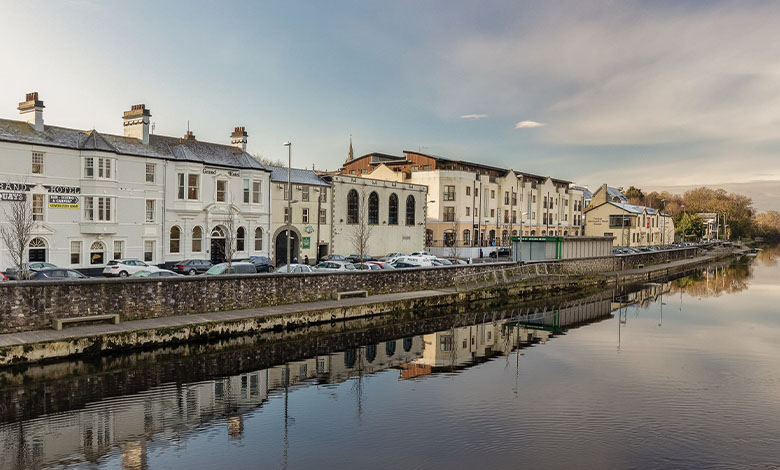
Projects like the Athlone Flood Alleviation Scheme, which at the time of writing is 96 per cent complete, are restoring people’s faith that they can live in their homes and run their businesses without undue fear of being flooded out of them again.
The Athlone scheme is one of five – along with Templemore, Springfield, Morell, and Glashaboy – on track for completion in the next three years, representing an investment of approximately €100 million.
Plainly, much work remains to be done but delivery of this essential infrastructure is subject to numerous challenges, many of which are outside the control of the OPW.
While the OPW’s approach to scheme delivery is based on best practice, there is no one set of criteria or certainty around the issues that can arise on any scheme, meaning that the time taken to complete a project is associated with its scale and complexity.
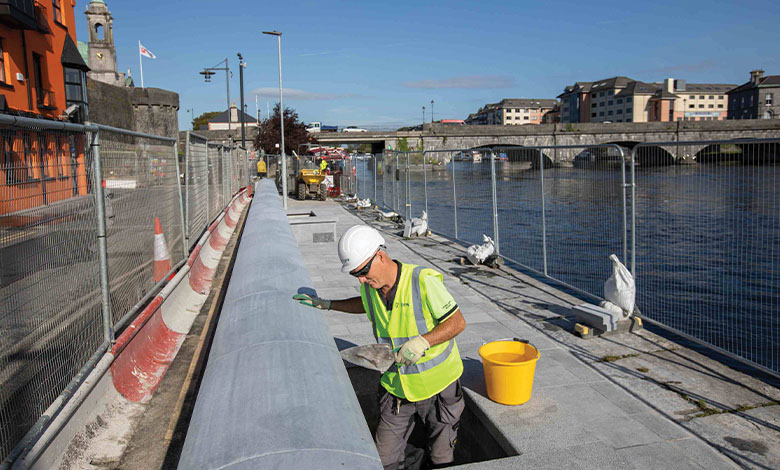
External factors such as planning decisions and judicial reviews, while important for due process, can have a significant impact on the time taken to deliver schemes.
CFRAM was a strategic study of viable options to address flood risk for a community. In that way, the CFRAM options are best described as outline concept designs.
Arising from those outlines, further detailed assessment of the flood risk including hydrology and hydraulics, design options and statutory environmental assessments to support a planning application for a viable scheme must then be undertaken over an extended period. This largely unseen work can take many years to complete.
Along with planning objections and judicial reviews, other factors like poor ground conditions on site and limited capacity in the engineering consultancy market can also cause delays to delivery of schemes.
County Cork represents a good example both of the excellent results that have been achieved in building flood defences and the challenges that remain in completing the job.
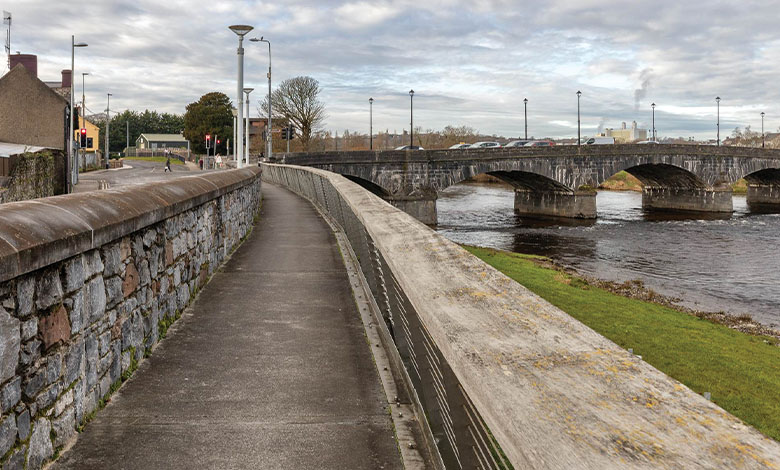
In the days after Christmas 2023, as Storm Gerrit swept across the country, the flood defences in Mallow and Fermoy were called into action and local councillor Pat Hayes of Mallow, told the local media: “Given the rain that fell on St Stephen’s Day prior to the investment [in flood defences], Mallow would have been completely flooded. Now residents and business owners can sleep at night in peace.”
Similar remarks could be made about the recently completed schemes in Bandon and Clonakilty.
The €39 million Glashaboy Scheme is in the construction phase now and construction on the Morrison’s Island scheme will begin in 2024.
Other major schemes like the Lower Lee, Bride River, and Midleton are at various phases of design, planning, and development.
The OPW is working with Cork County Council to help identify feasible interim measures for Midleton – which suffered a serious flooding event in October – as work progresses to bring that town’s proposed scheme to planning.
The challenges presented by climate change have been summed up in countless publications by now, but its consequences on the ground are already clear to see.
For the Government and the OPW, preparation and adaptation remain the watch words as we face those challenges and build a more secure future for Ireland.

T: 046 942 6000
E: info@opw.ie
W: www.gov.ie/opw
www.floodinfo.ie
www.waterlevels.ie





